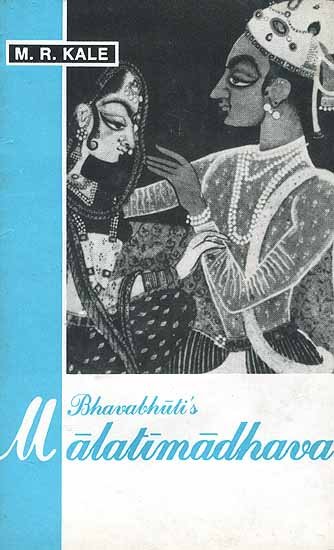Malatimadhava (study)
by Jintu Moni Dutta | 2017 | 52,468 words | ISBN-10: 8120813057 | ISBN-13: 9788120813052
This page relates ‘Education of Women in 8th-century India’ from the English study on the Malatimadhava of Bhavabhuti:—A Prakarana type of Drama in ten acts revolving around the love-story of Malati (from Padmāvatī) and Madhava (from Vidarbha). This study discusses the history of its author and the literary, social, religious, historical and cultural aspects of the Malatimadhava.
Part 3.5 - Education of Women in 8th-century India
During the period of 8th century A.D. women had the liberty of taking higher studies as it has been seen that Kāmandakī had studied in the city Padmāvatī where students had gathered from different regions for the purpose of education[1]. Co-education in higher studies was not unknown in the 8th century A.D. for Bhavabhūti in his Mālatīmādhava represents Kāmandakī as being educated along with Bhūrivasu and Devarāta. The percentage of girls receiving co-education was however not large[2] .
Girls in rich, cultured and royal families were given a fairly good literary education. Special effort was also made to give them a good grounding in fine arts like music, dancing, painting and garland making etc. Mālatī, the daughter of minister Bhūrivasu, had mastered in the art of painting as in the 1st act it is found that she had drawn a portrait of Mādhava[3] . She is found in performing dance without musical accompaniment. It verily proves that besides the advantage of normal course of education, women were also allowed to learn the skills in singing, painting, dancing as well as garland making etc.
It may thus be concluded that during Bhavabhūi’s time the position of women was not inferior. They had ample rights in the social and religious fields. Singing, painting, music and dance were not prohibited for them. They were not deprived of education. They were honoured and respected. Moreover, the women of this period enjoyed a sense of security.
Footnotes and references:
[1]:
ayi kiṃ vetsi yadekatra no vidyāparigrahāya nānādigantavāsināṃ sāhasaryamāsīt /
Ibid.,I.p.14
[2]:
Vide, Altekar, A.S., The Position of Women in Hindu Civilization, p.14
[3]:
tayāpyātmano vinodanimittaṃ mādhavapratichandakamālikhitam /
Mālatīmādhava,I.p.17
